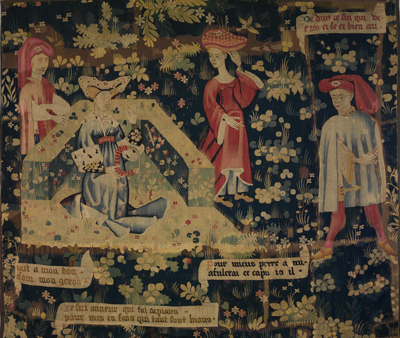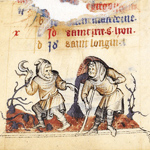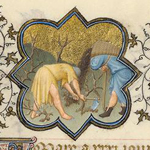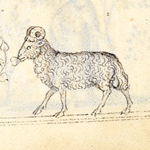Hell Flowers
 |
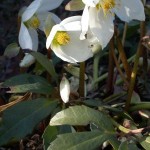 |
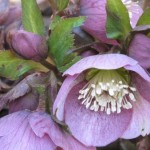 |
Above, from left to right: Detail of stinking hellebore, Helleborus foetidus, the first to bloom of the three hellebore species grown in Bonnefont garden; detail of the Christmas rose, Helleborus niger, in blossom; detail of the flowers of the Lenten rose, Helleborus orientalis.
The name “hellebore” does not derive from the Anglo-Saxon word “hell,” although hellebore might well be described as hellish in some of its actions and associations. Some older sources derive the generic name of the plant from the Greek elein (to injure) and bora (food), indicating its poisonous nature. However etymologists now conjecture that hellebore is derived from ellos???a young deer???and bora, meaning “the food of fawns”. I’ve asked Alain Touwaide, a classical scholar and an authority on ancient medicinal herbs,??whose work on an important medieval medical text is featured on the Science at the Smithsonian website, to comment on this derivation.
The magico-medicinal character of hellebore, a poisonous member of the Ranunculaceae, a botanical family which includes other deadly species such as aconite, was established in Greek antiquity. Read more »

